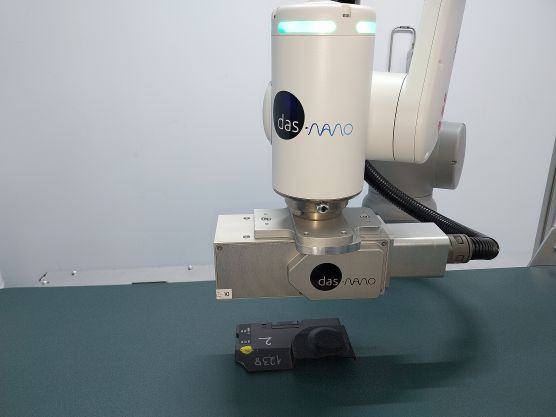CIC bioGUNE opens up new therapeutic avenues to tackle liver carcinoma progression

The study, published in the prestigious journal Cell Report, reveals new therapeutic possibilities by demonstrating that SUMOylation of specific proteins, such as HuR, plays an essential role in liver carcinoma progression.
The complexity and heterogeneity of hepatocellular carcinoma (HCC) means that, despite advances in systemic therapies, achieving progress comparable to other cancers remains elusive.
The Liver Diseases Laboratory, led by Dr Malu Martínez-Chantar at CIC bioGUNE – a member of BRTA – and CIBEREHD, has made a groundbreaking contribution to the field of oncology with its latest publication in the international journal Cell Report.
This pioneering study reveals previously undiscovered molecular mechanisms that are fundamental in the progression of healthy liver tissue to hepatocellular carcinoma (HCC), the most common form of primary liver cancer.
The research underscores the importance of post-translational modifications of proteins through SUMOylation, an evolutionarily conserved process in eukaryotes that enriches the structural and functional diversity of the proteome. This innovative finding sheds light on new therapeutic avenues by demonstrating the critical role of protein SUMOylation, especially of HuR, in the progression of liver carcinoma.
HCC is characterised by its high heterogeneity and complexity. Current treatments, based on first- and second-line systemic therapies, have led to an increase in patient survival, without, however, achieving the positive results seen in other neoplasms. Therefore, this work proposes combined therapeutic strategies and the identification of new therapeutic targets in HCC, highlighting the therapeutic capacity of SUMOylation and its influence on critical nuclear processes such as transcription, DNA damage response and cell cycle.
The study reveals that SUMOylation of HuR, a protein involved in the post-transcriptional regulation of multiple genes, promotes cancer characteristics such as proliferation and invasion. Conversely, lack of HuR SUMOylation induces a senescent phenotype, triggering structural and functional damage in mitochondria and the endoplasmic reticulum. These findings highlight the importance of post-translational modifications as therapeutic targets and pave the way for combined strategies in the treatment of HCC.
This breakthrough not only expands our understanding of the role of SUMOylation in liver carcinogenesis, but also points to a promising therapeutic approach for the development of targeted therapies that could revolutionise the clinical management of liver cancer. Dr Malu Martínez-Chantar’s Laboratory of Liver Diseases at CIC bioGUNE continues to lead cancer research, dedicated to discovering innovative solutions to this devastating disease.
The lead authors of the article, Sofia Lachiondo and Dr Claudia Rejano, state that the identification of HuR SUMOylation in liver cancer patients brings these findings closer to clinical application. The research has been carried out in collaboration with several national and international institutions and hospitals.




